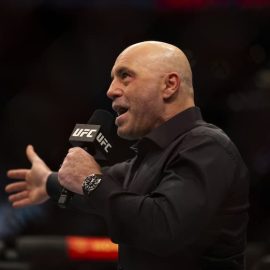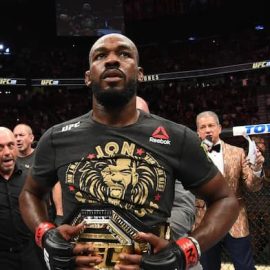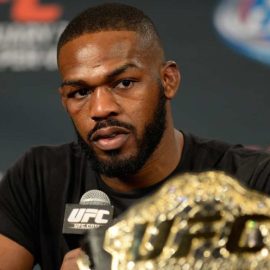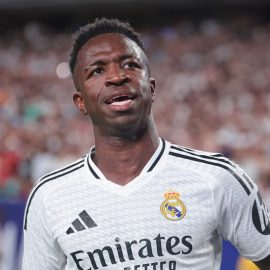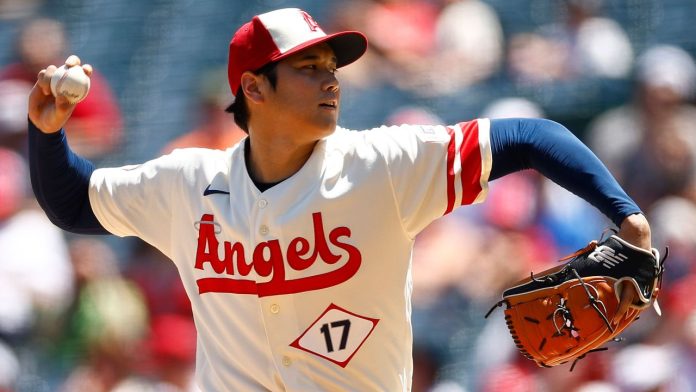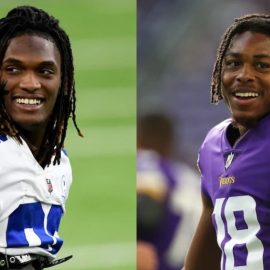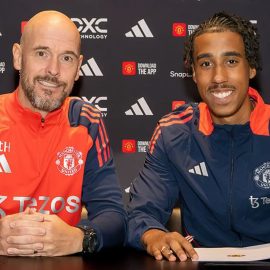Top Sports News
Houston’s Alperen Sengun is the first player to average 20/10/5 through their first five playoff games
The Houston Rockets came out firing in Game 5 of their first-round series vs. the Golden State Warriors. They were up 40-24 by the end of the first quarter and…
WATCH: LeBron James said ‘no comment’ when asked about the Lakers’ deficiency at center
For just the third time in his professional career, LeBron James exited the postseason in the first round. However, it’s the second consecutive year it’s happened. The Lakers lost 103-96…
NFL
View allNFL Hall of Famer claims Shedeur Sanders threw away $30-50 million in pre-draft interviews
NFL Hall of Famer Cris Carter believes Shedeur Sanders threw away between $30 and $50 million in the pre-NFL Draft interview process. Carter, widely regarded as one of the game’s…
49ers veteran TE George Kittle signed a massive four-year, $76.4 million extension
The San Francisco 49ers finished 6-11 in 2024. It’s their first time losing 11+ games since the 2018 season. This past season was derailed by injuries to key players. San…
NHL
View allHow To Watch Florida Panthers vs Tampa Bay Lightning: TV Channel, Live Stream and Preview For NHL Payoff Clash
The Florida Panthers host the Tampa Bay Lightning in Game Four of the NHL Playoffs, as the Panthers look to go 3-1 up and you can find out how to…
Montreal Canadiens Goalie Sam Montembeault Could Miss Game 4 Against Washington Capitals Through Injury
Sam Montembeault, the Montreal Canadiens No.1 goalie, could be set to miss Game 4 of the Eastern Conference Round 1 Stanley Cup Playoffs against the Washington Capitals. This comes after…
Research Features
View allWorst 21st Century Regular Season Records In The NFL: Will Anyone Go Winless In 2024?
With the 2024 NFL season just around the corner, we count down some of the worst records in the league since 2000 – with some memorably poor teams making the…
Top 10 Most Lucrative Wide Receiver Contracts Agreed Ahead Of The 2024 NFL Season
CeeDee Lamb landed one of the biggest non-quarterback deals in the NFL this week as he signed a four-year contract with Dallas – but where does the Cowboys star receiver…




























